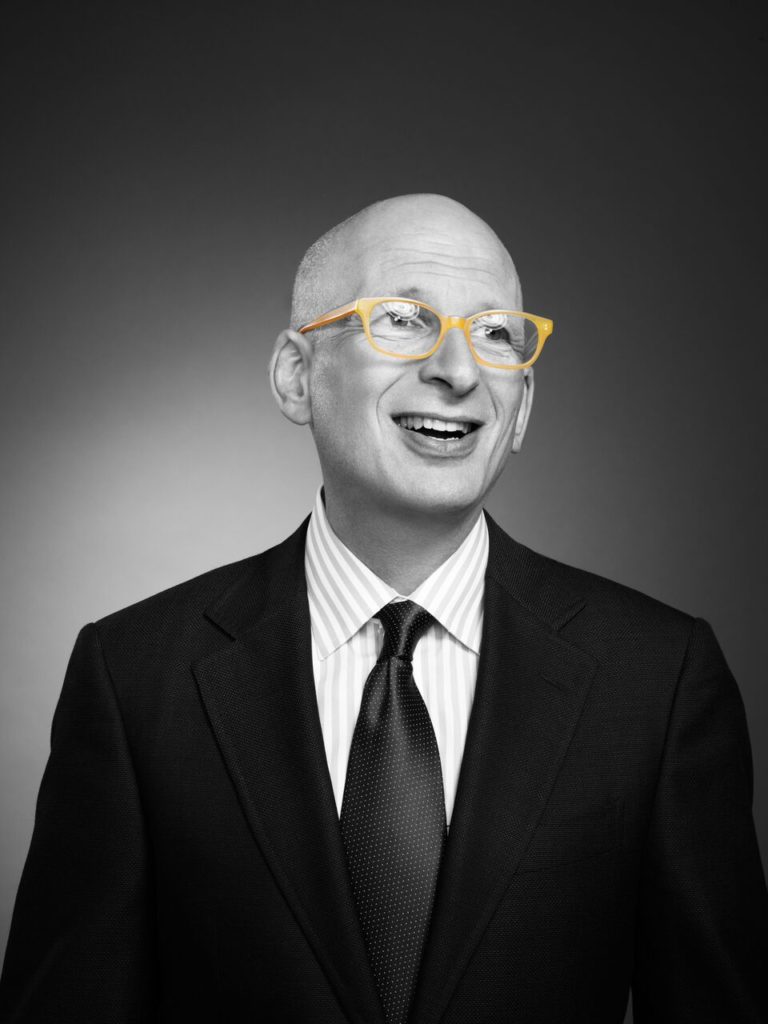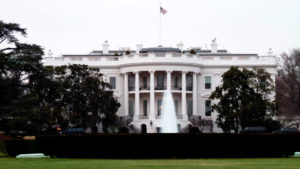“Embrace Your Weirdness”—BUT…
Bob Burg devoted his Daily Impact newsletter this morning to endorsing a concept he found in Robert Greene’s book, The Daily Laws: 366 Meditations on Power, Seduction, Mastery, Strategy, and Human Nature: “Always stick to what makes you weird, odd, strange, different. That’s your source of power.”
I love the idea of embracing your weirdness—and I’ve basically lived it since my teen years. But I want to add three corollaries:
- Present your weirdness in ways that foster, rather than cut off, communication. So, in my case, living in a socially conservative farm community, I’ve chosen not to wear skirts even though I find them very comfortable—because I want my neighbors to understand that while I’m different from them in many ways, we still inhabit the same neighborhood and have more in common than they might think. I made different, more outrageous, choices in other places I lived in. Marrying and having kids, recognizing that my decisions impact other people, was another encouragement to dial it back. But I still publicly label myself as a “marketing heretic,” still post unpopular views in public places, still invite people of all viewpoints to engage with me (as long as they do so civilly). And I can proudly point to many examples where my activism has made the world a better place, both within the business community and in the wider world.
- Listen and engage when your weirdness starts to set up barriers. Let people express their discomfort. Strive to uncover their deeper feelings. Find points of agreement and build the discussion out from there.
- Bring your weirdness to the table but BE at the table! Participate actively in your community. I spent 9 years on my town’s Long-Range Plan Implementation Committee and have attended almost every Town Meeting for more than 25 years. In the 17 years before that, I was actively involved in the government and social infrastructure of the small city where I was living, both through board service and community organizing and through electoral work. I believe that service de-demonized the way several members of our town Planning Board perceived me. I went from newcomer/troublemaker who had organized the movement that blocked a big, totally inappropriate mountainside housing development to a person whose input was valued and seen as vested in keeping the character of the town.
How do you bring your nonconformity into your work, how do you make it a strength, and how do you engage with people who might feel threatened by it?






